December 21, 2016
Employee retention and engagement was top of mind for employers this year 0
 Employee retention was the top workforce management challenge in 2016, claims a survey by the Society for Human Resource Management (SHRM), with almost one-half of surveyed organizations (46 percent) citing it as a top challenge in 2016. Other top workforce management challenges for at least one-third of organizations were: employee engagement (36 percent), recruitment (34 percent) and succession planning (33 percent). SHRM’s survey Influencing Workplace Culture Though Employee Recognition and Other Efforts, which was produced in collaboration with and commissioned by Globoforce, found that as employers look for ways to deal with the challenges of low employee retention and high turnover, more organizations are tying employee recognition efforts to their core values.The majority of respondents indicated that their employee recognition programs had positive impacts on employee engagement, workplace culture, retention and employee happiness.
Employee retention was the top workforce management challenge in 2016, claims a survey by the Society for Human Resource Management (SHRM), with almost one-half of surveyed organizations (46 percent) citing it as a top challenge in 2016. Other top workforce management challenges for at least one-third of organizations were: employee engagement (36 percent), recruitment (34 percent) and succession planning (33 percent). SHRM’s survey Influencing Workplace Culture Though Employee Recognition and Other Efforts, which was produced in collaboration with and commissioned by Globoforce, found that as employers look for ways to deal with the challenges of low employee retention and high turnover, more organizations are tying employee recognition efforts to their core values.The majority of respondents indicated that their employee recognition programs had positive impacts on employee engagement, workplace culture, retention and employee happiness.






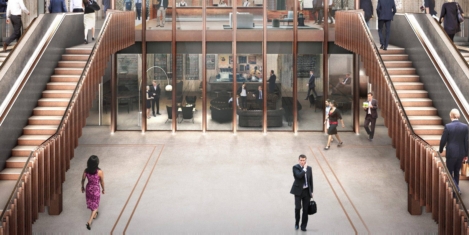





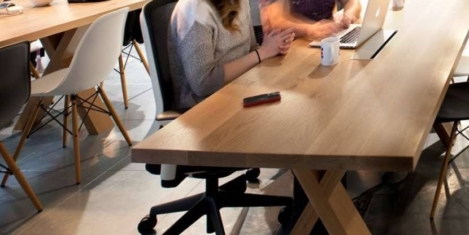


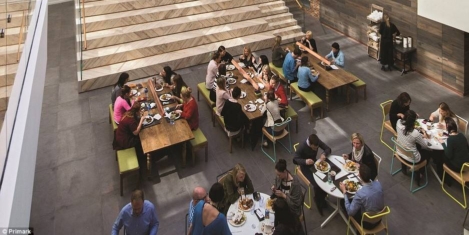
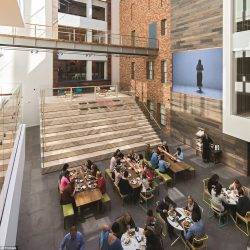






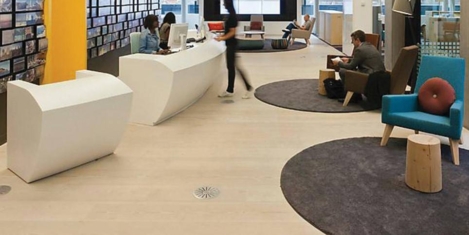
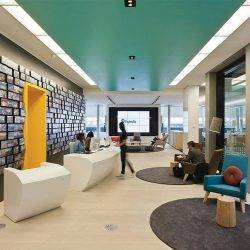









December 15, 2016
Commuting – stressful, annoying or just another opportunity? 0
by Mike James • Comment, Flexible working, Wellbeing
(more…)